The Mother gently inclines her head toward the Infant Jesus, who nestles against her in a gesture of love and trust. Their finely incised golden halos radiate a supernatural light that envelops the entire scene in profound serenity.
Executed in tempera on panel with fine gold highlights, this work testifies to the fruitful dialogue between the Venetian and Cretan schools in the second half of the 15th century. The artists of Crete, under Venetian rule, combined Byzantine rigor with the humanist gentleness of Italy, paving the way for a sacred art of great sensitivity. The precious pigments used—lapis blue, cinnabar red, malachite green, and burnished gold—highlight the chromatic richness characteristic of Cretan workshops, often supplied from Venice.
The deep blue veil edged with gold, symbolizing the veiled divinity of humanity, contrasts with the purple robe evoking celestial royalty. The Child, dressed in luminous blue, adopts a contemplative attitude, gazing at his Mother with meditative tenderness.
The overall effect, of rare harmony, is in keeping with the tradition of the Glykophilousa ("Virgin of Tenderness"), widespread in the Orthodox world.
The lightly patinated golden background retains its shimmering reflections. The composition, perfectly balanced, unites spiritual rigor and human emotion. This work belongs to the vast current of Veneto-Cretan painting, born after the conquest of Candia (Crete) by Venice in 1211 and flourishing in the 15th and 16th centuries.
These icons, often intended for private devotion, circulated widely between Crete, Venice, and the Ionian Islands, displaying a mixed aesthetic—Byzantine in technique, Italian in sensibility.
The theme of Our Lady of Good Counsel originates from a Marian apparition venerated in Genazzano, near Rome. It depicts the Virgin as a mother, counselor, guide, and refuge of souls, a highly prized subject in Italian piety of the Quattrocento. Given its pictorial qualities, this icon can be attributed to a Cretan workshop under Venetian influence, active around 1450–1480.
The finesse of the drawing, the delicacy of the faces, and the subtlety of the modeling evoke the works of Andreas Ritzos, Angelico Akotantos, or Nikolaos Tzafouris, masters of the fusion of Byzantine tradition and Latin aesthetics.
The ensemble reveals the execution of a refined workshop, probably intended for a high-ranking patron.
Technique: Egg tempera and gold on wood panel
Condition: Very good, with period patina and minimal surface wear
Framing: Antique, simple, and suitable wooden frame
Dimensions: 40 × 28 cm (panel only) This icon is a rare example of the Veneto-Cretan artistic synthesis of the 15th century, marking the transition between Byzantine sacred art and the beginnings of Renaissance naturalism.
Due to its quality of execution, its condition, and its spiritual symbolism, it occupies a precious place in the history of Mediterranean religious painting.
Extremely secure shipping
#AncientIcon #VenetianCretanIcon #ByzantineArt #SacredPainting #VirginandChild #MadonnadelBuonConsiglio #TemperaOnPanel #15thCenturyPainting #RenaissanceArt #VenetianArt #CretanArt #ReligiousPainting #SacredArt #ArtCollection #Proantic #15thCenturyIcon #MedievalPainting



























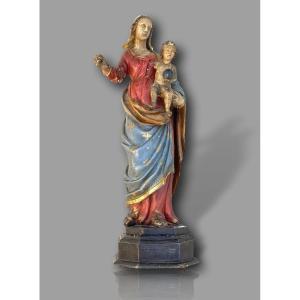





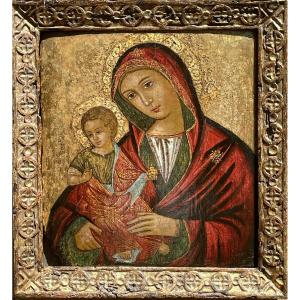
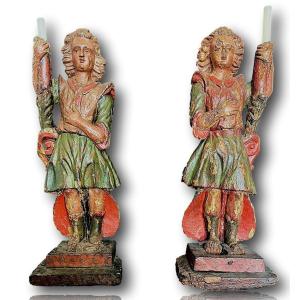

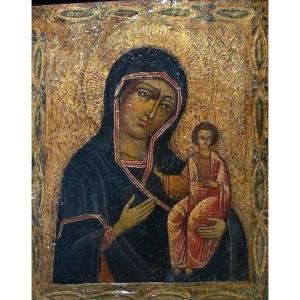




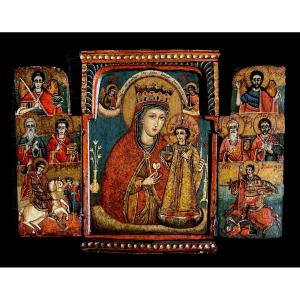
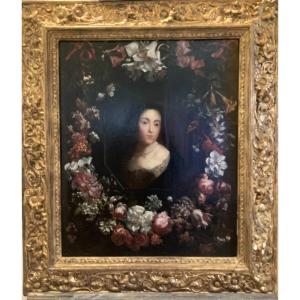





 Le Magazine de PROANTIC
Le Magazine de PROANTIC TRÉSORS Magazine
TRÉSORS Magazine Rivista Artiquariato
Rivista Artiquariato